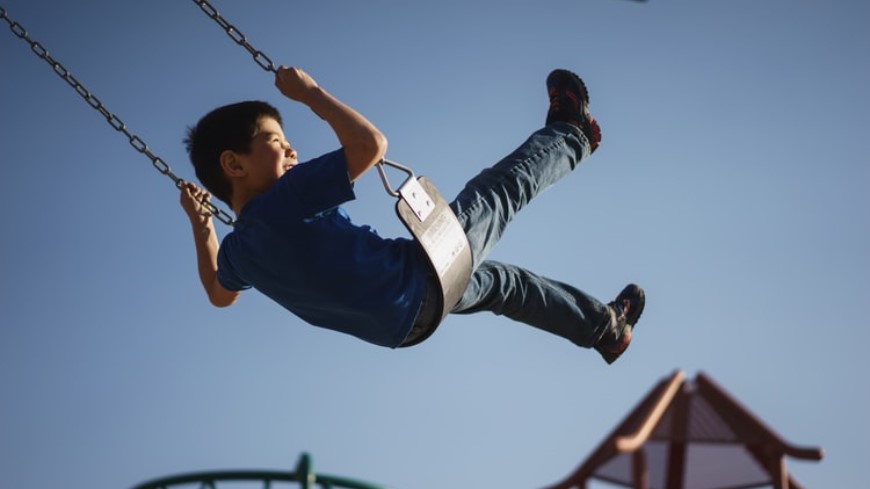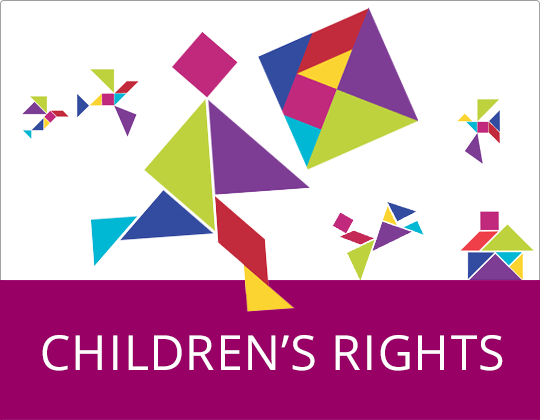As the world celebrates the World Day against Child Labour, it is important to remember that child labour continues to be a reality in Europe.
According to the International Labour Organisation (ILO), 152 million children are still engaged in child labour, accounting for almost one in ten of all children worldwide.
In 2019, the European Committee of Social Rights concluded that, while many member States have legislation against child labour, significant numbers of children still work illegally, on our continent. Much of this consists of hazardous work performed by adolescents. Work can also harm children if they are particularly young, or if interferes with their right to education. Child labour is prevalent in the agricultural field and domestic services, while it often takes place informally, within families. In its worst forms, child labour involves sexual exploitation of children, modern slavery or recruitment for criminal activity.
Children facing social exclusion and poverty are particularly at risk of falling into child labour. Although the economic impact of lockdown measures in response to the COVID-19 pandemic is not yet known, these measures have disrupted education and widened inequalities: the financial impact on already-vulnerable families is likely to push numerous children into child labour.
Child labour is prohibited by a comprehensive framework of international and European standards. The UN Convention on the Rights of the Child and dedicated ILO Conventions protect against all forms of child labour. In Europe, the European Convention on Human Rights, prohibits in absolute terms all forms of slavery, servitude, forced and compulsory labour. The standards set forth in the European Social Charter regarding child labour, together with those provided for in the Council of Europe Convention on Action against Trafficking and the Convention for the Protection of Children against Sexual Exploitation and Sexual Abuse (Lanzarote Convention), include important benchmarks for international standards and supervisory bodies in the field of child labour and exploitation.
Child labour thrives when there are gaps in legislation, enforcement and access to justice, and where businesses do not respect children’s rights. It reinforces cycles of poverty and impedes achieving progress towards the UN Sustainable Development Goals (SDGs). Transposing international standards into national policies, laws and regulations also remains critical.
Target 8.7 of the SDGs calls on states to end child labour in all its forms by 2025. Despite this period’s uncertainties, the path to economic recovery should not involve child labour. Stepping up actions to ensure equal opportunities for all children, in line with the priorities of the Council of Europe Strategy for the rights of the child (2016-2021) - and working towards achieving a world free of child labour - remains as urgent today as ever.
See also:
- Declaration by the Committee of Ministers on addressing child poverty (adopted 11 December 2019)
- European Committee of Social Rights Conclusions (2019), including on child labour
- Children’s rights under the European Social Charter
- Minimum Age Convention (ILO)
- Worst forms of Child Labour Convention (ILO)




